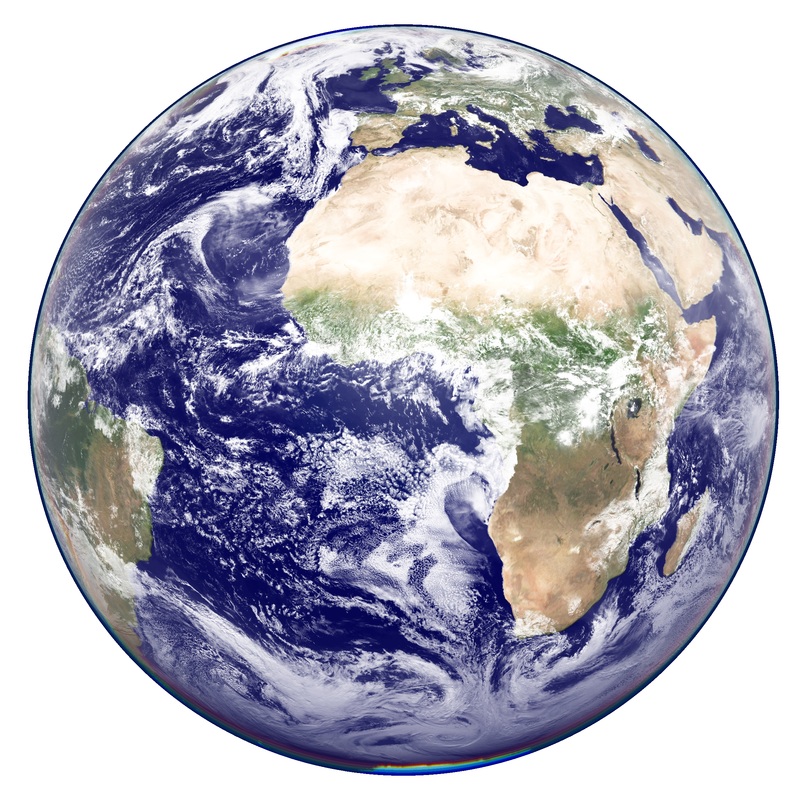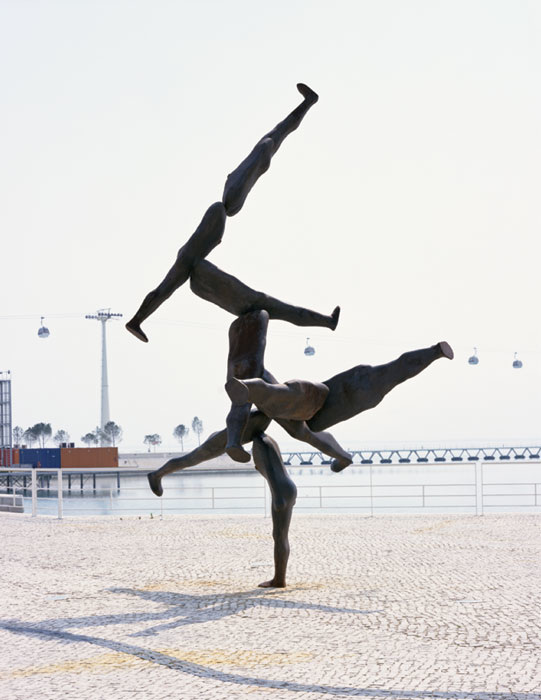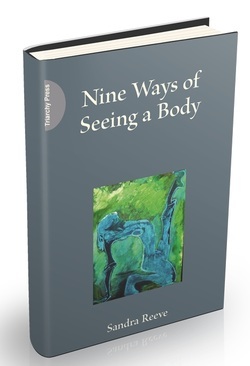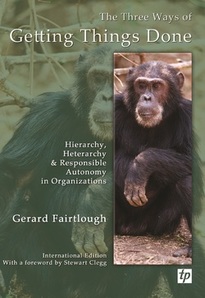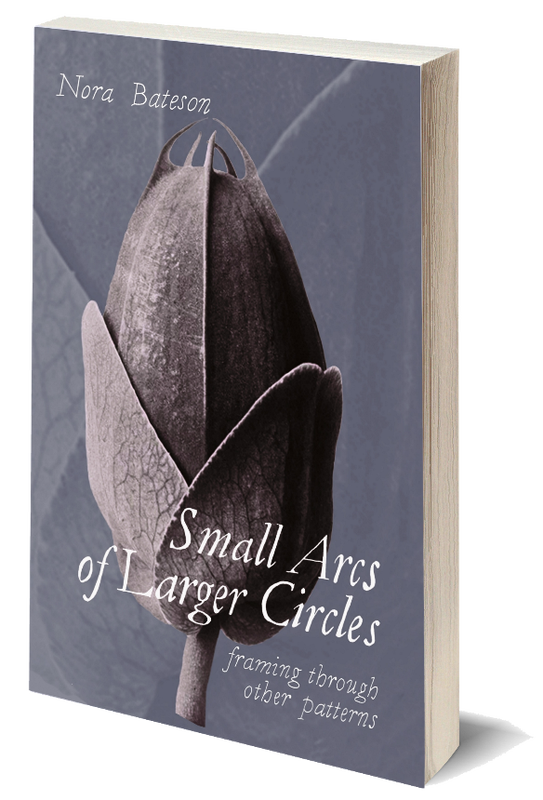Patterns, Rhizomes
For some, the web is the defining metaphor or image of our times. Others may think of that first picture of our earth taken from a spaceship – and a thousand others like it now everywhere recognisable and recognised in the west at least, but which would have been without meaning 50 years ago. (These earth images also seem to distance us alarmingly, as observers, from our own planet. It’s reminiscent of the Cartesian I/Eye/Mind looking down loftily on the detached and rather meaningless It/Body (the ‘Body as Object’, as Sandra Reeve calls it in Nine Ways of Seeing a Body). It’s also reminiscent of the female form held by the ‘male gaze’. At Triarchy, we've often used the defining image of the rhizome. (On the right is Antony Gormley’s sculpture: Rhizome III.) Deleuze and Guattari say: “A rhizome has no beginning or end; it is always in the middle, between things, interbeing, intermezzo. The tree is filiation, but the rhizome is alliance, uniquely alliance.” There. We’re moving away from the tree, from the vertical order, from the kind of functional hierarchy that Jean Russell and Herman Wagter (in Cultivating Flows) urge us to move beyond in our thinking about organizations. (Our very first book, The Three Ways of Getting Things Done, was an assault on the hegemony of hierarchy and an insistent demand that we look more widely and consider more ‘heterarchical’ alternatives.) And we’re moving towards complexity and interconnectedness. “Unlike a structure, which is defined by a set of points and positions, the rhizome is made only of lines”, say Deleuze and Guattari again. So it has enormous flexibility. It also has more of the quality of a pattern about it than the quality of a structure. It’s fractal in its possibilities. Patterns seem like good models for the sort of flexible, interrelated, adaptable, responsive organization or institution that the world needs now to replace the organizations and institutions that have failed it politically, environmentally, economically and socially. Bill Sharpe says, in Economies of Life: A pattern comes about when things which have some degrees of freedom are related to each other such that for a while their behaviour is co-ordinated: drops of moisture in a cloud, living organisms in an eco-system, couples in a dance, children in a family, citizens in a nation, and so on. Life is lived amongst many such patterns which relate one life to others and to their surroundings. Or, as Nora Bateson says in Small Arcs of Larger Circles: Written in geological calligraphy, we are swirled and looped into each other in movement and pattern. We learn together, with the trees, and the trade winds, the living maps of cities, and the soup recipes of our ancestors. Cause and effect trade hats like a shell game, losing count on purpose. The limbs of history and the future’s lust are always synchronizing. So here we touch on families and other sociosystems – living patterns of people that make up and shape our world. And it seems to us that huge demands are made of these sociosystems, whilst little in the way of real resources are fed back into them (that includes a lack of aesthetic resources as well as material ones). Perhaps we’re in danger of depleting our sociosystems in much the same way as we are depleting our fields and soil and seas and failing to replenish them? What does that depletion of families and other sociosystems mean in practice? Well, to continue the environmental metaphor, it’s as if we expect to carry on ‘using’ them and expect them to carry on working without our doing anything. Take the family. The family is the embodiment of the notion of ancestors. The young learn from the old and the old from the young. The young keep challenging and the old keep reminding. It’s an exquisite balance, much like the exquisite balance we can find in any other ecosystem – reminding us that sociosystems are socio-ecosystems. And families – human groupings of all sorts – are traditionally fed and resourced by stories. Don Michael proposes the age-old practice of story-telling to facilitate the sharing of meaning: All worthy stories are first and foremost occasions, mirrors and contexts for learning about self by drawing one both inwards and outwards, by expanding one's sense of the plausible. By learning about self one learns about others, for one always sees others through oneself. Thoughts about the future, by the very expansion of context they provide, offer their audience a larger mirror for viewing themselves, a larger mirror, then for viewing the world and their part in it... There he tells us that we learn from others’ stories but that we also learn from our own. So, folding us back into the stories of the Bateson family, some of which are to be found in Small Arcs of Larger Circles, we might remember Gregory’s meta-story: A man wanted to know about mind, not in nature, but in his private, large ‘computer’. He asked it: "Do you compute that you will ever think like a human being?” The machine then set to work to analyse its own computational habit. Finally, the machine printed its answer on a piece of paper, as such machines do. The man ran to get the answer and found, neatly typed, the words: THAT REMINDS ME OF A STORY. Oh, and rhizomes? Well, they’re a reminder that we’re not sharing meaning and experience up and down a family tree or an organisational chart but across, between, among, via foldings and multiplicities and complexities, so that we soon lose any sense of who’s teaching and who’s learning. References: Sandra Reeve - Nine Ways of Seeing a Body Deleuze and Guattari - A Thousand Plateaus Jean Russell and Herman Wagter - Cultivating Flows Gerard Fairtlough - The Three Ways of Getting Things Done Bill Sharpe - Economies of Life Nora Bateson - Small Arcs of Larger Circles Don Michael - In Search of the Missing Elephant |
Explore |


